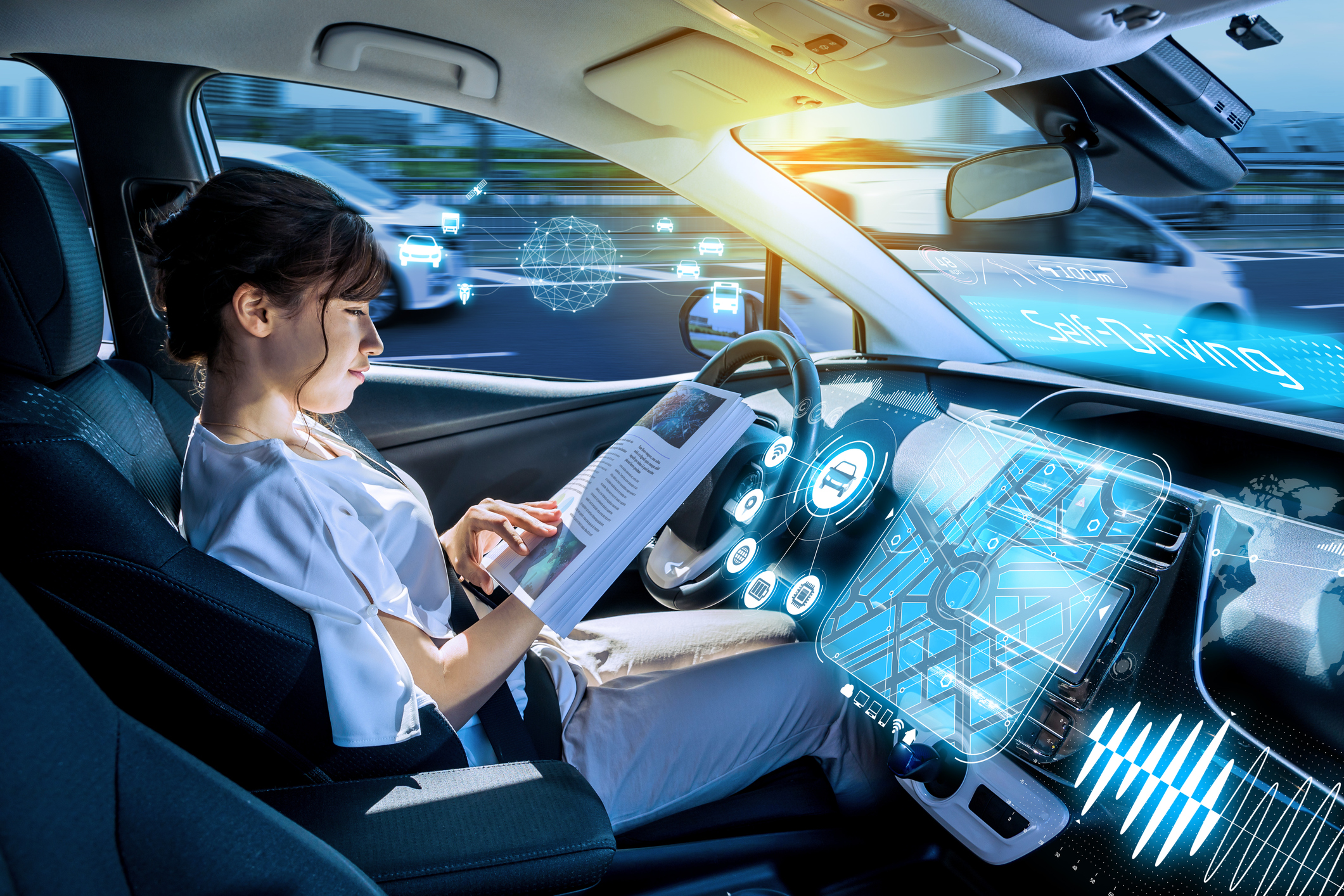Table of Contents Show
As technology advances, autonomous — also known as self-driving — cars are gaining momentum as a potential mode of transportation.

Today, vehicles are capable of operating themselves — for example, Tesla cars have an autopilot mode. However, while these technologies may aid in passenger transportation, their dangers and dystopian characteristics have been widely criticized.
The Levels Of Self-Driving Cars
As the history of self-driving vehicles began in the early 21st century, a number of companies began developing their own models of self-driving cars around the world, whether they were based in China or the United States, and some companies included self-driving features appealing to consumers, while others developed fully autonomous vehicles without the need for a driver.
The industry has a set of levels to help classify the automation of cars whether it be basic mechanisms of maintaining speed and lane control to having a computer fully drive the car without assistance. Currently, there are no Level 4 and Level 5 cars available for commercial passenger use. (( “SAE Self-Driving Levels 0 to 5 for Automation – What They Mean.” AutoPilot Review, 23 Jan. 2020. ))
- Level 0: No automation;
- Level 1: Semi-automated systems, like cruise control;
- Level 2: Semi-automated systems, like steering, speed, and braking;
- Level 3: Automated driving in some conditions, driver available to take over;
- Level 4: Automated driving in most conditions;
- Level 5: Automated driving in all conditions.
Tesla Inc. (2003-)
Tesla Inc., formerly Tesla Motors, was founded in 2003 by American entrepreneurs Martin Eberhard and Marc Tarpenning. The company was named after Serbian American inventor Nikola Tesla. Elon Musk became the chairman of the company in 2004 and played a vital role in its founding and funding. (( Gregersen, Erik, and Barbara A. Schreiber. “Tesla, Inc. | History, Cars, Elon Musk, & Facts.” Encyclopedia Britannica, 1 Sept. 2021. ))
The company can be credited for creating breakthrough autonomous features in vehicles where the driver can let the car do much of the work — whether it be driving or parking. Despite their advanced technology, their fully electric cars are not completely autonomous and industry experts still considered them to be Level 2. (( Ramey, Jay. “Tesla FSD Is Now $15K, but Is It Any Closer to Level 3?” Autoweek, 6 Sept. 2022. ))
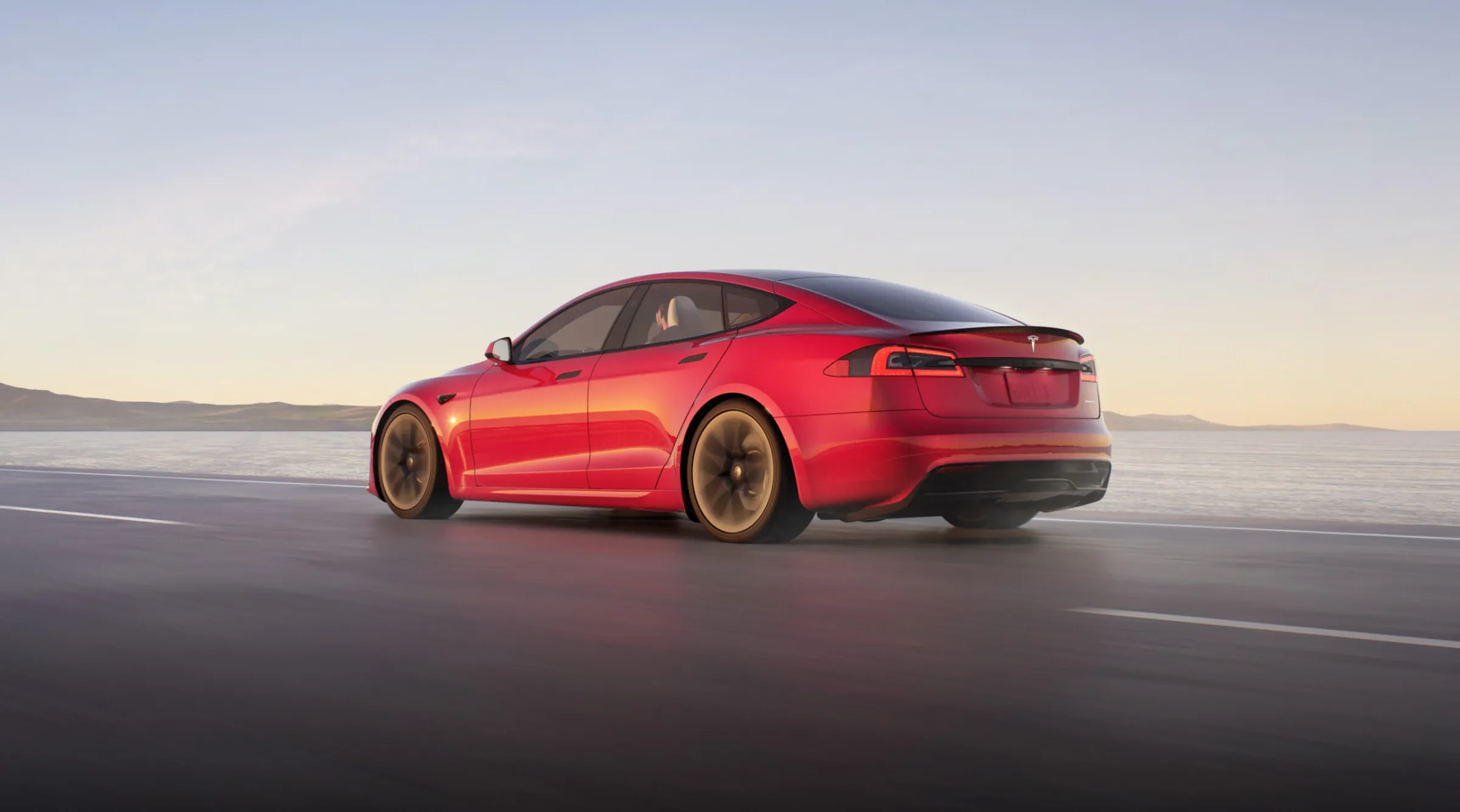
According to Tesla,
“Enhanced Autopilot and Full Self-Driving Capability are intended for use with a fully attentive driver, who has their hands on the wheel and is prepared to take over at any moment.”
(( Tesla. “Autopilot and Full Self-Driving Capability.” Tesla.com, 26 Sept. 2019. ))
Even though they were not the first to implement self-driving features in automobiles, Tesla’s successful production of electric cars with self-driving features starting in 2008 played a huge impact in spreading new ideas of advanced technologies on the road and influencing other companies to manufacture their cars with similar features.
Fully Autonomous Cars
Unlike Tesla, fully autonomous cars do not need someone in the driver’s seat at all and require minimal to no human interaction, making them either Level 4 or 5. While there are fully autonomous cars out already, they are still in development to improve before their concept is fully realized. The cars can be truly complex and require:
“a series of complex algorithms, machine learning, powerful computing hardware, sensors, and actuators.”
(( Tom Pritchard. “How Do Self-Driving Cars Work? Everything You Need to Know.” Tom’s Guide, 11 Sept. 2022. ))

Of course, not every self-driving car is the same, but there are essentials for them to operate seamlessly. A variety of cameras and sensors are essential in gathering information whether it be traffic lights, stop signs, curbs, or pedestrians, and the information is sent to the vehicle’s computer and passes directions to the actuators, which are in charge of controlling, steering, and accelerating the car.
What Role Do Self-Driving/Autonomous Vehicles Play?
It is possible for fully automated cars to operate largely independently; this is a futuristic but potentially safe concept for those willing to consider it. In fully automated cars, women passengers may be safer because they may not need to interact with a driver, as there are often instances where they get harassed when utilizing platforms such as Uber and Lyft.
Yet — in spite of the fact that such cars are already out on the public road, there is still considerable skepticism about their safety. As an example, automated cars sometimes do not know what to do when faced with certain situations, such as when a police officer directs them to turn around; a car that steers itself without a driver becomes unnecessarily complex and silly if there is no driver present.
Taking an Uber, Lyft, or any other service often involves a human being sitting in the driver’s seat, so this can make one feel more comfortable than an automated program. Therefore, the economic concern of fully autonomous cars is also due to the fact that there are people who drive for these platforms (Uber, Lyft) as a job, sometimes even as full-time employment rather than as a gig. Additionally, self-driving features can contribute to reducing accidents, whether by preventing unsafe lane changes or avoiding dangerous obstacles. Consumers pay close attention to car safety before purchasing one, so it is not surprising that these types of advanced features appeal to them.
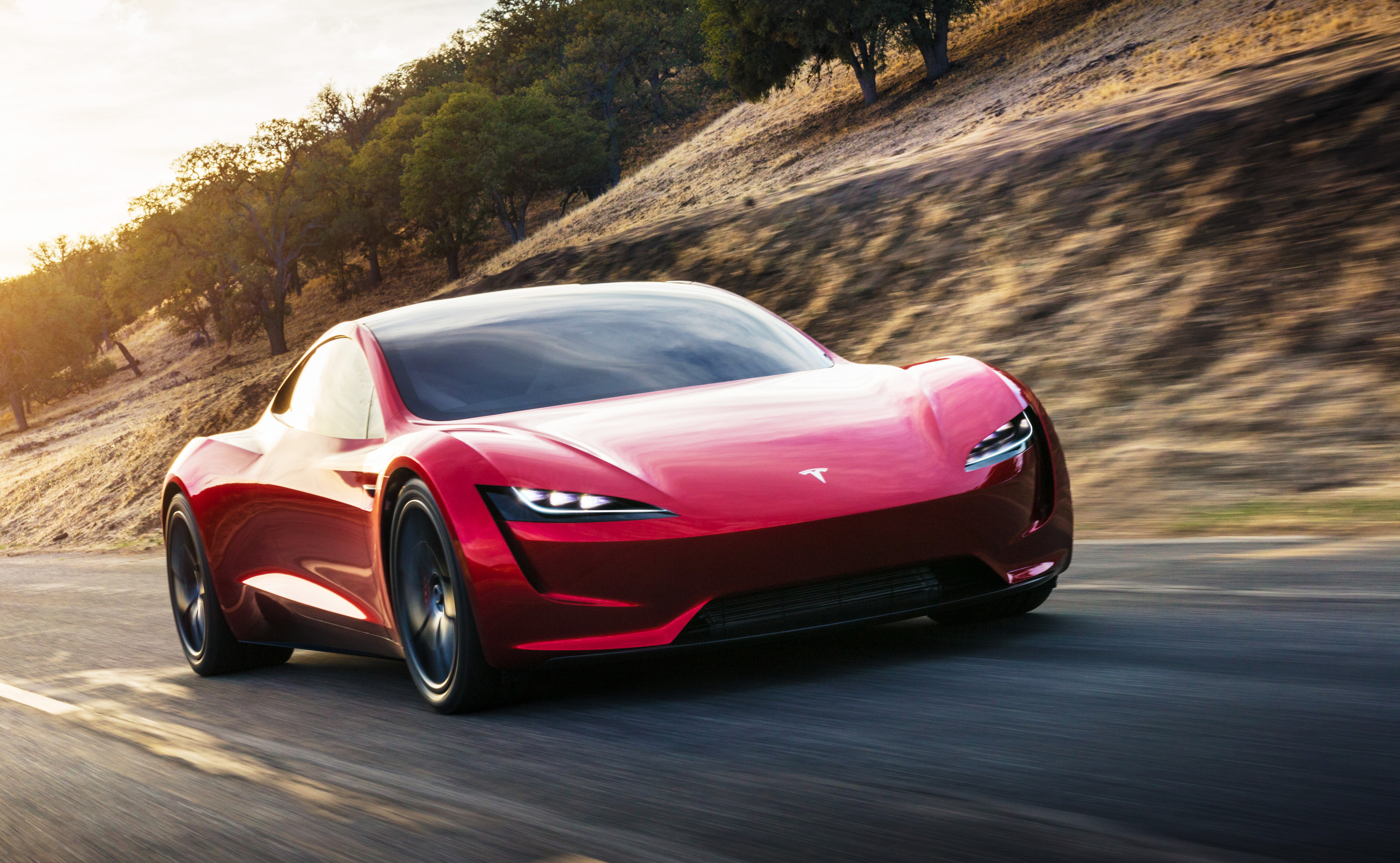
Driving under the influence is one of the biggest factors when it comes to automobile accidents and even death. According to the National Highway Traffic Safety Administration (NHTSA), about 37 people in the United States die in drunk driving crashes every day. (( National Highway Traffic Safety Administration. “Drunk Driving.” NHTSA, United states department of Transportation, 11 Jan. 2019. ))
Although it is illegal to drive while impaired, this fact does not stop drivers from taking the risk. So — perhaps self-driving features can aid in getting people safely home without risking their lives and the innocent civilians around them. Of course, it is not an ideal situation, but it can prevent a fatality from happening especially if they are incapable of driving at all.

Self-driving cars can also be beneficial for people with disabilities by allowing them the opportunity to be independent. Many people have seen ways to assist disabled individuals in driving, including installing brakes and pedal pads that are easily accessible by their arms. However, what if disabled individuals could drive right out of the dealership? Seniors may also benefit from assisted technology. Cars can help them travel more safely and have less worry about issues such as visibility or constant braking and acceleration.
Because of the advanced and futuristic nature of this technology, people may rely too much on it in the future, creating more danger in their lives due to the fact that they do not know how to react in certain situations since they are driven by computers. Considering the speed at which the vehicle travels, there is always an opportunity for an accident, whether it is the fault of other drivers or due to the technology not being able to respond to certain circumstances. Despite the emphasis placed on the necessity of maintaining awareness at all times, this is not always sufficient enough.
What Is The Future Of Autonomous Cars?
Many demographics seem to be interested in self-driving cars, and their technologies are undoubtedly convenient for an increasingly hectic and even overwhelming environment. Many people are often using their phones or scrolling through social media, while others are doing their hair and trying to find something in their glove compartment. By utilizing this technology, they could compensate for their lack of concentration while driving.
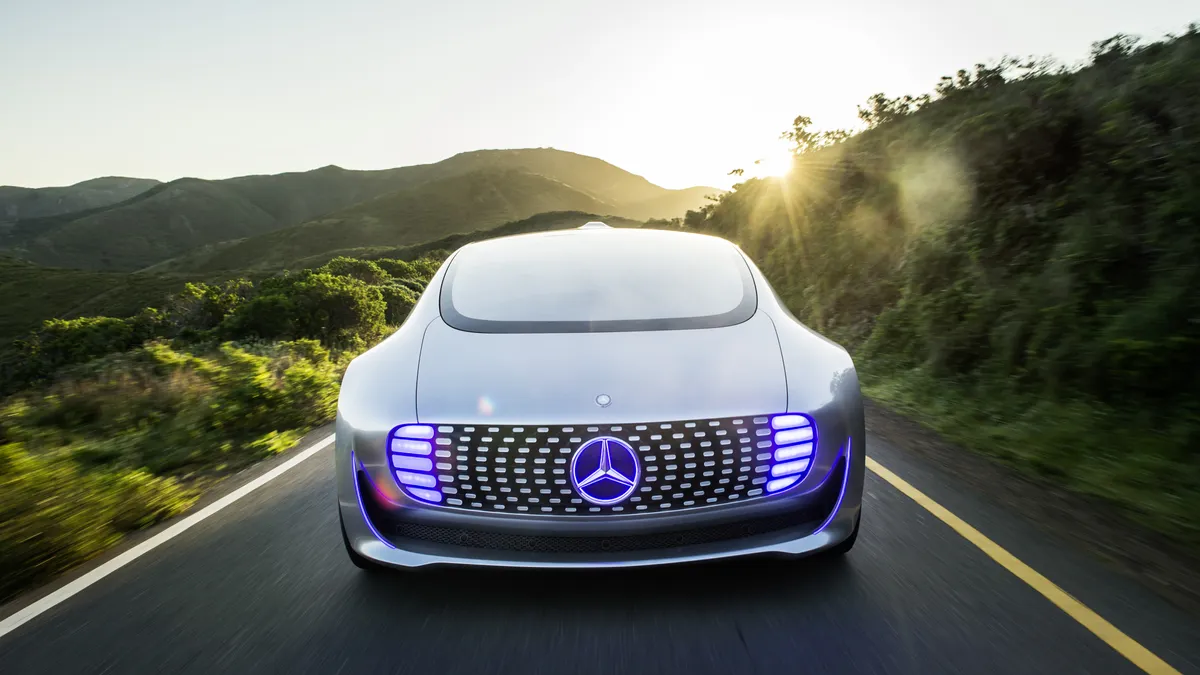
Although the timeline to realize self-driving cars may not be precise, they have endless possibilities and potential. It is possible to make driving safer for people, to improve access to transportation for people with disabilities, to give disabled drivers the opportunity to be in charge and to increase adaptability and technology advances within and outside the automobile industry.
The evolution of these vehicles will need to be accompanied by laws and regulations to maintain the safety of all individuals. It is likely that autonomous driving features in cars such as Tesla’s Model 3, Model Y, Model S, and Model X, Audi’s A6 and A8, and Infiniti’s QX50, will be positively viewed as the market expands, regardless of whether fully autonomous cars will be accepted or not.
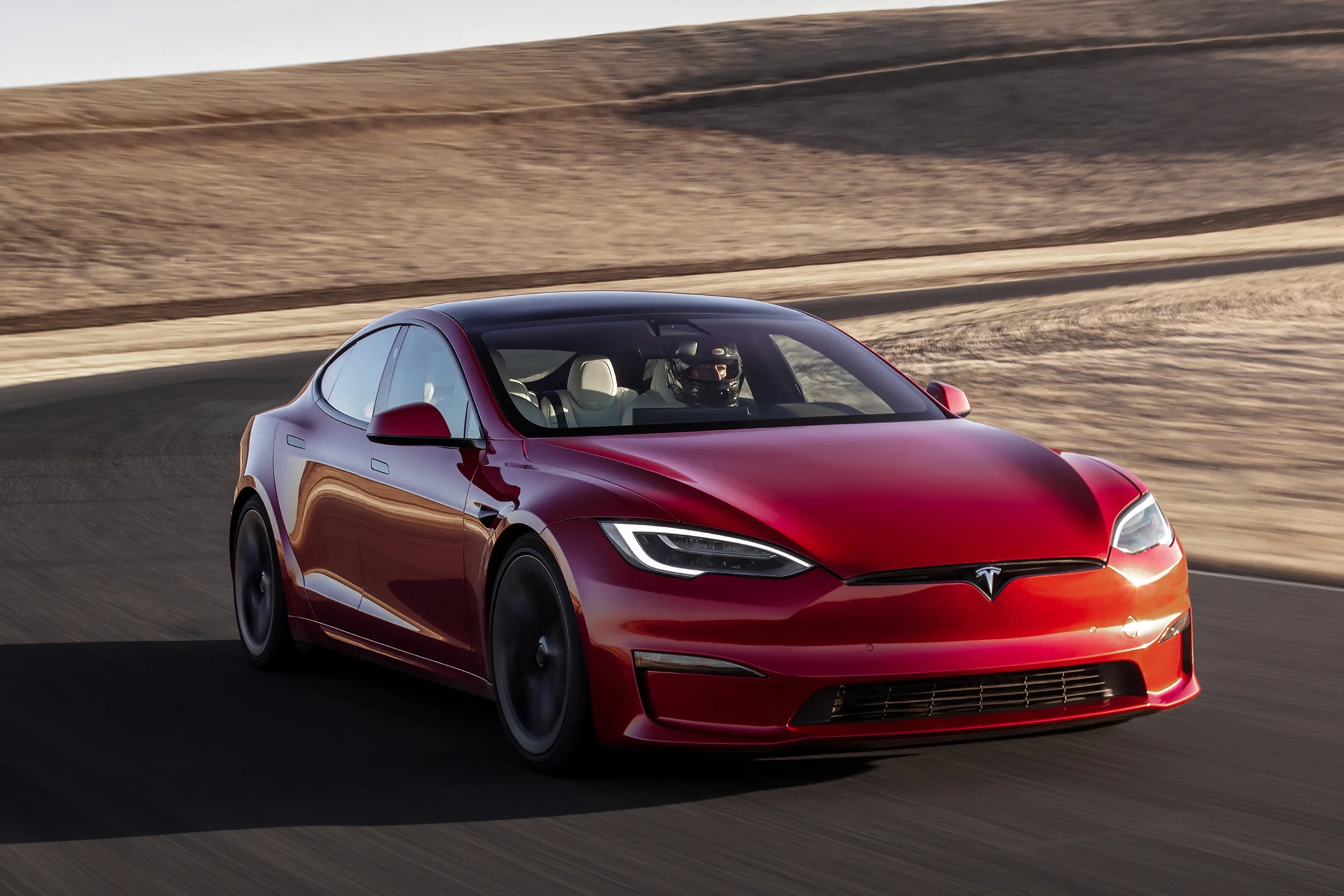
Currently, the autonomous car market is estimated to be worth $54 billion and is expected to increase dramatically within five through seven years. (( Kopestinsky, Alex. “25 Astonishing Self-Driving Car Statistics for 2020.” PolicyAdvice, 23 Feb. 2021. )) Self-driving cars are going to make a bold statement in society, and, ultimately, it is up to the consumer whether they feel safe using them or not.
